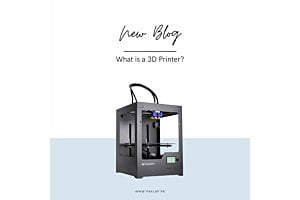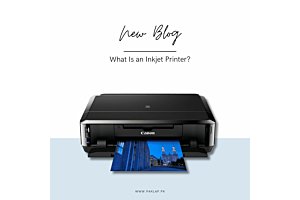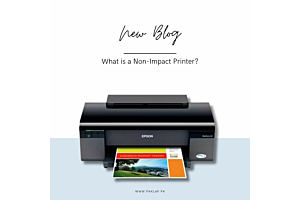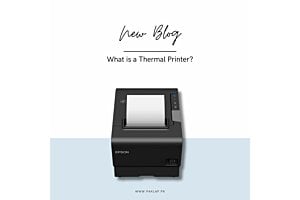What is Impact Printer?
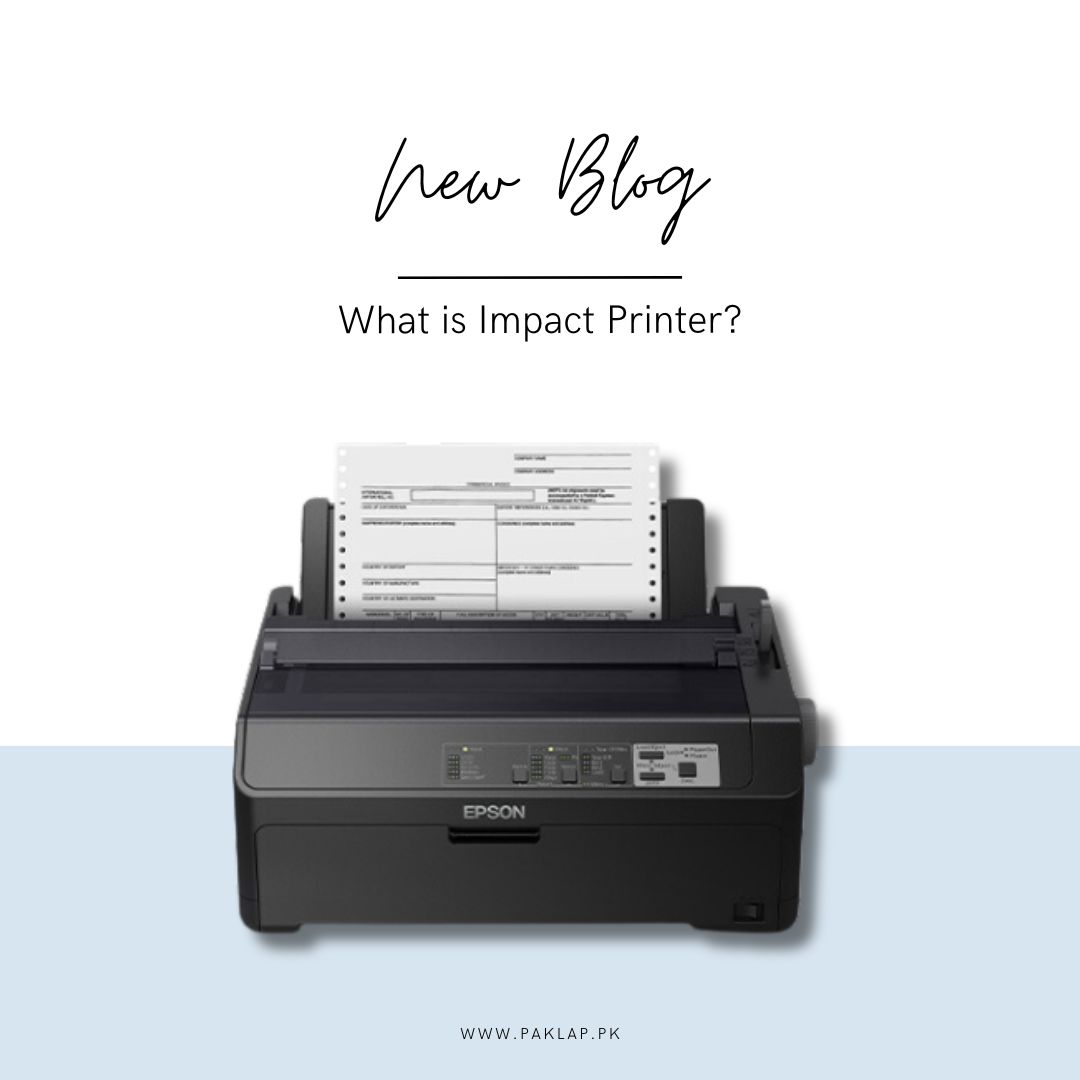
The impact printers take the help of force to push ink onto paper. Instead of softly going through the process of putting ink, a plastic or metal piece is used to smack the ink ribbon onto the sheet, which in turn helps in the formation of letters, numbers, or lines. Examples of impact printers include dot-matrix, ball printers, and daisy-wheels.
These are named so because they hit the sheet as they print. Here, we can take an example of a dot-matrix to discuss - this has a grid of pins that are placed at the plastic or metal pinpoint - now, this will help in shaping up the characters by striking the ribbon with force.
Take a dot matrix printer, for instance. It features a grid of pins at the tip of a metal or plastic piece, which shapes characters by forcefully hitting the ribbon. This action leaves tracks of textures on the sheet.
While these machines were once used by everyone, they've become less used now due to their noisy operation. Nowadays, laser and inkjet ones are more popular. However, the other one still finds its niche when it comes to creating copies with multiple layers of paper.
Choosing between Impact and Non-impact Printers
We have mentioned some main points that may be helpful for you in choosing between the impact printers and the non-impact printers. With these, you can make an informed choice by having extensive knowledge about both of them.
● Type of Printing:
Impact ones rely on a ribbon that is soaked with ink in order to physically strike the sheet, which in turn leaves marks.
Non-impact machines, on the other hand, use different methods to get the ink onto the paper, such as spraying or heating.
● Print Quality:
Generally, prints from impact ones tend to have lower quality compared to those from the other types of printers. This is because the physical process of this particular machine can lead to less precise results.
● Print Speed:
Non-impact machines typically do print at a faster pace compared to other types. This speed advantage is due to the more efficient methods they use in order to apply ink onto the paper.
● Cost:
Impact printers are usually more affordable upfront than non-impact ones. However, you should also note that they come with long-term costs, such as maintenance and ink expenses, which can vary depending on the model and usage.
● Applications:
In business settings, you need a reliable and cost-effective machine to do the work, and due to that - Impact ones are often preferred. These machines are commonly used for tasks like printing invoices, receipts, and forms.
Non-impact, on the other hand, is used more in homes and small businesses, where they offer convenience and versatility for taking out photos, documents, and more.
It's essential to weigh the pros and cons of both types of devices to determine which one suits your needs best. If you require high-quality prints delivered quickly, a non-impact one is likely the better choice. These gadgets are really good at delivering crisp and detailed prints in a shorter amount of time. However, if you're working within a limited budget or primarily printing basic documents without the need for intricate detail, the other one may suffice.
Ultimately, the decision boils down to your specific requirements and constraints. Whichever type of machine you opt for, ensure that it aligns with your needs to achieve optimal results. Whether it's for business or personal use, selecting the right machine can make a significant difference in your printing experience.
Different Kinds of Impact Printers
There are many types of these impact printers, and each is hooked up with its own unique way of working. We will be discussing some of them below namely Dot Matrix, Drum, Ball, Daisy-wheel, Line, and Chain. Study them all and choose the one machine that is the best suited for your wants and needs.
1. Dot Matrix Printer
These gadgets work by using a grid of pins that push against an ink ribbon. They can print various letters and numbers by the arrangement of these grids in different manners.
2. Drum Printer
In these, the sheet is wrapped around a drum, making sure that it lines up perfectly with the printing nozzles. When the right character is in position, a hammer will push the paper into the inked type, which in turn leaves an impression on the page.
3. Ball Printer
As the name suggests, these machines use a ball that is wrapped in characters. Before printing, the ball spins to the needed character and then hits the paper with the right letter or number.
4. Daisy Wheel Printer
These machines have a daisy wheel with characters on small metal plates around their spokes. As the wheel spins, a hammer hits the right character, making an impression on the paper with ink from a ribbon. Each wheel can have different characters, and while they're fast for basic text, they can't print images.
5. Line Printer
Line printers are super-fast, printing a whole line at once. They can churn out up to 3,000 lines per minute. However, they're not good for graphics, and they're quite noisy.
6. Chain Printers
These specialize in printing characters. They use a metal band or chain with characters on it that spins in front of the paper. As it turns out, the hammers hit the paper and ribbon against the right character, which helps in making prints lightning fast. These printers can produce up to 2,500 letters per second and are sometimes called band printers.
These are the different types of machines that can be used by you in order to get a print. We have mentioned the working of these, and also given a layout of advantages and disadvantages that they offer. Now, with this, you can have a clear understanding of your preferred gadget and purchase that without any inconvenience. Understand your requirements for the machine first so that you can get the most out of it. We wish you a happy printing journey!
